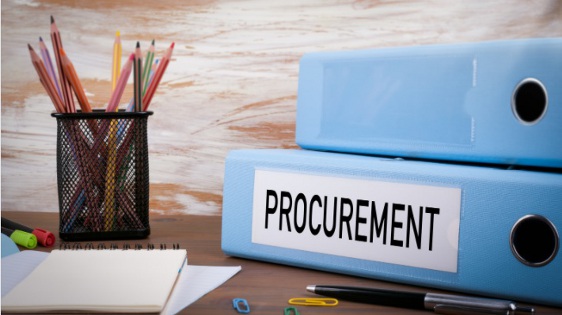What is Procurement?
Procurement is a process of acquiring goods from an external supplier through mutual terms of sale via the process of tendering or bidding. It is usually done during the scarcity or while stocking items for your business.
The term procurement refers to buying things, preferably for business purposes, in bulk for a factory or facility. The goal of it eventually is acquiring quotations and bids by different suppliers and acquiring the goods at lower prices. Using a digital transformation platform for procurement planning can make it so much easier.
Now the terms closely related to procurement are purchasing and sourcing. Purchasing refers to buying items that are scarce. It refers only to the give and take of goods. Sourcing refers to the selection of suppliers or giving quotations to outside suppliers.
Procurement is a broader term and it includes purchasing and sales as well.
Stages of procurement
Procurement is a very broad field and before procuring, one needs to do extensive research. Hence it involves various steps. Given below are those steps:
- Identifying Internal Needs
- Researching the market
- Shortlisting potential suppliers
- Creating an approved list of suppliers
- Creating an online purchase order
- Requesting proposals and evaluating quotations
- Selecting the right suppliers
- Receiving goods
- Developing and managing contracts
- Obtaining invoice approvals and fulfilling payment terms
- Establishing a good supplier relationship
Types of procurements
1) Single procurement
Single procurement refers to procuring from a single vendor, that is, buying for a single purpose.
2) Stock Procurement
Stock procurement triggered when an order is forecasted by the manufacturer and the stores of the factory are restocked by them. Stock inside the store of the factory is bought as per the regular demand. Checklists are maintained to refill the stocks regularly and specific people are assigned to carry out this task of stock procurement.
3) Vendor Managed Inventory
Vendor Managed Inventory is managed by the supplier at his end. He will regularly carry out checks at his customer’s end and restock the customer’s facility as per his requirement. This ensures a regular vendor’s business and also regular procurement of the factory owner.
4) Just in time Procurement
This concept of Just in Time procurement was developed by Toyota in Japan.
Just in Time procurement draws its roots from the military. Just in time procurement enables low stock maintenance charges by the factory owners. The material is ordered only when there is a requirement and is directly used for production.
Just in time procurement requires a very tight schedule and the manufacturer or the processor needs to follow strict time guidelines for their factory.
5) Just in sequence Procurement
Just in sequence is derived from just in time procurement. It follows a sequential order of purchasing goods. This makes sure the costs are lean and the production is very efficient.
6) Ship to line
Some products are not involved in the production line. They are directly bought out and sent to the customer’s end for use at the end line, for example, grease, special oils, or any raw material. This type of procurement is called the ship to line. This happens generally at the time of delivery and is used directly by the end-user.
Procurement documents
Every manufacturing process requires a set of documents that help fulfill the process of procurement. They are usually standard and involve both the vendors and procuring parties. They are prepared by the office staff of both the involved parties.
1) RFP: RFP refers to a request for a proposal. This happens in the early stages of procurements. This refers to issuing statements by the procurer and sending invites to the vendors for sending their bids and proposals.
2) RFI: RFI refers to a request for information. It is a request for information on the vendor’s products. It is to determine whether the products available at the vendor’s end exactly match the requirement of the manufacturer.
3) RFQ: Request for a quotation refers to asking for quotations from the vendor’s end. By this point, the manufacturer has narrowed down a few vendors who have the right materials as per the requirement. This step often triggers a proforma invoice or a quotation by the vendor. If the vendor or the supplier is known, this is usually the first step taken by the manufacturer or the factory owner.
4) Solicitations: This refers to the negotiations by both parties to meet at a price. The vendor may offer some discounts or extra services to his customer.
5) Offers: When the terms are met and solicitations are done a final offer is made.
6) Contract: This refers to minutes of the meeting that were discussed while finalizing the offer. This is supposed to be signed by both the parties and upheld during the time when the contract is valid.



















